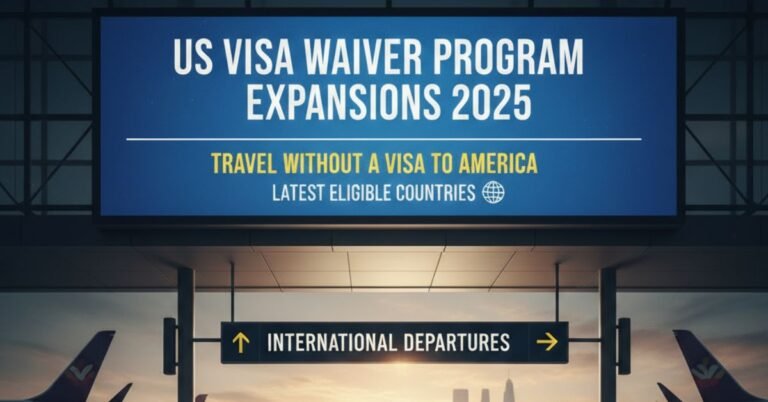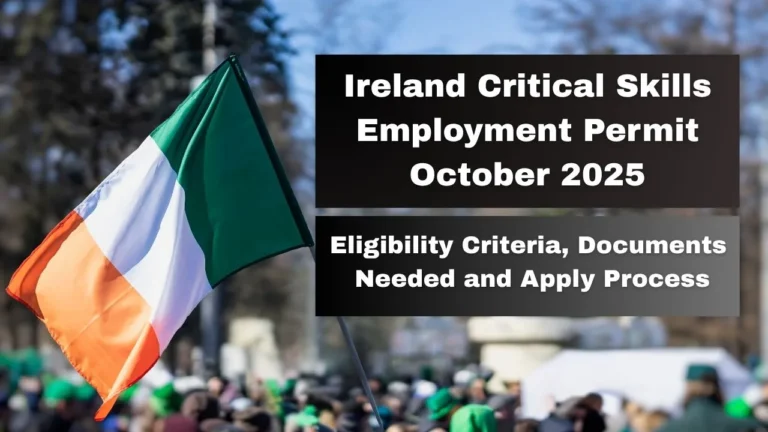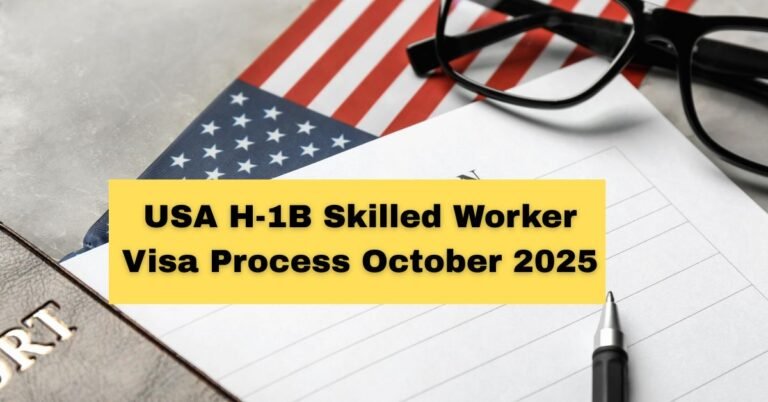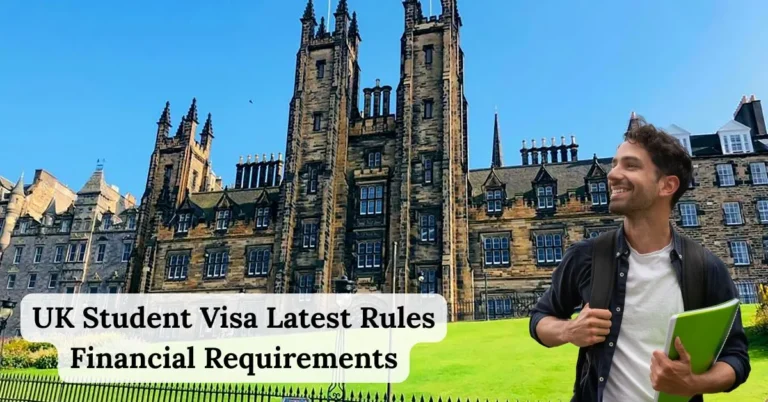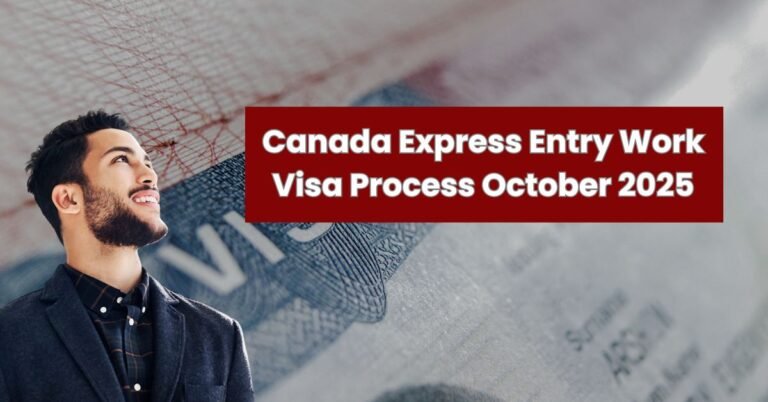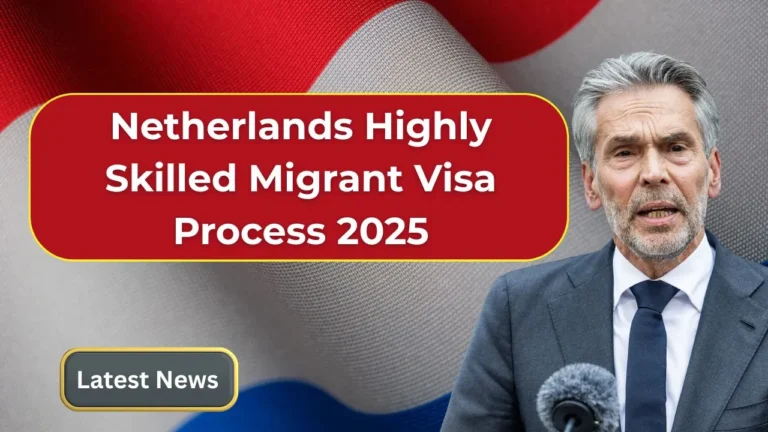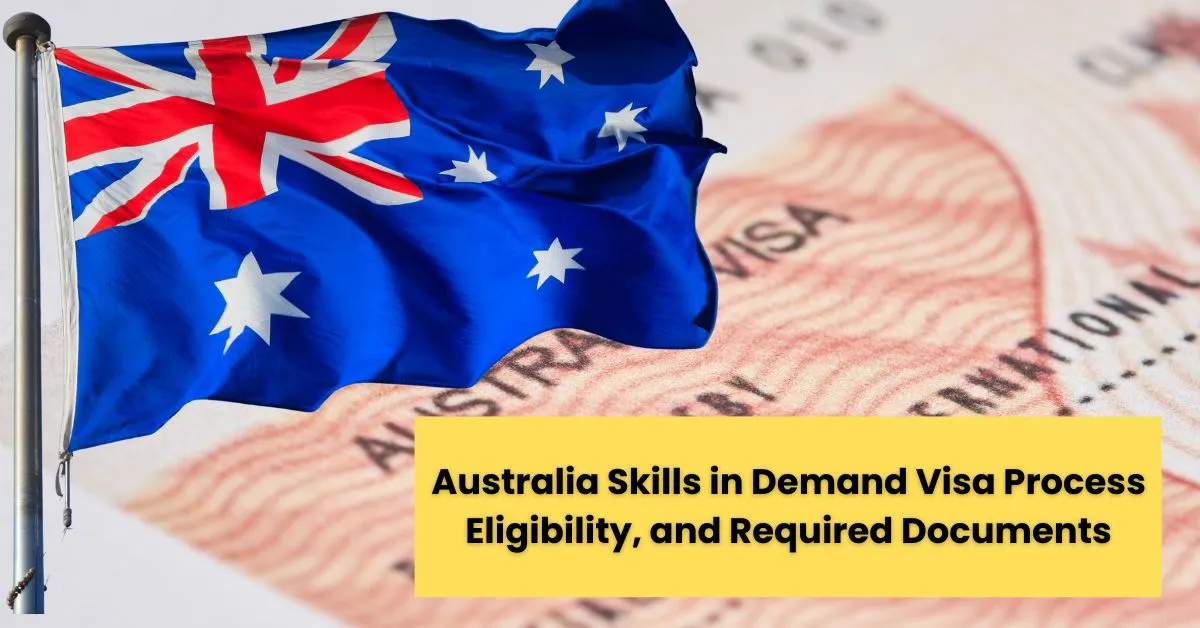
This guide breaks down the employer-sponsored Skills in Demand visa in easy steps. It covers who qualifies, what papers you need, and how to apply online. Always double-check the latest info on the Department of Home Affairs website, since rules can shift.
What Is the Skills in Demand Visa?
It’s a work visa backed by an employer for jobs Australia really needs. You put in your application once an Aussie boss gives you a real job offer in a job that’s on the list. The rules, types, and proof needed can differ. Look at the newest guidelines from Home Affairs.
Who Can Apply: Eligibility Overview
You’re probably good to go if you:
- Have a job in one of the allowed fields set by the Australian government.
- Get a solid job offer and backing from a approved Aussie company.
- Show you have the skills, training, and fresh work history that fits.
- Pass any English tests needed for your type or job.
- Meet health, background, and fingerprint checks.
- Have any needed licenses or registrations for the job in Australia.
- Give true and matching info in all your forms and papers.
Keep in mind: These rules can update. Check the October 2025 details on homeaffairs.gov.au.
Required Documents Checklist
Get clear color copies ready. If papers aren’t in English, use official translators.
Identity and civil status
- Passport page with your details and any current or old visas.
- Birth certificate or national ID card.
- Papers for marriage, divorce, or name changes if they apply.
Employment and skills
- Full work history or CV.
- Job offer or contract showing the job name, tasks, pay, hours, and place.
- Details from your boss’s nomination once it’s filed or okayed.
- Letters from past jobs on company paper with tasks, dates, and hours.
- Pay stubs, tax papers, or bank info to prove your experience if asked.
- Results from a skills check if your job needs it.
- School degrees, diplomas, and records.
- Work licenses or registrations from here or abroad.
- Trade training and apprentice info if it fits.
English language
- Scores from okayed tests like IELTS, PTE, TOEFL iBT, OET, or Cambridge if needed.
Health and character
- Police reports from all countries that count.
- Health checks with approved doctors.
- Letter and proof for fingerprint scans if required.
- Proof of health coverage if asked.
Family (if including dependants)
- Passports and birth certificates for your partner and kids.
- Proof they’re related and depend on you.
- English, health, and background papers for each extra person.
Step-by-Step Application Process
Confirm eligibility
Look at the government’s job list to see if yours matches. Go over the type rules, English needs, skills, and work background.
Secure employer sponsorship
Land a real job offer. Make sure your boss can sponsor you and will file the right forms.
Complete skills assessment (if required)
Go to the right group for your job. Follow their rules and pay the fee.
Prove English (if required)
Set up a test that’s accepted. Add your scores before filing or when told.
Gather documents
Get certified copies if needed. Translate anything not in English with approved help.
Employer lodges sponsorship and nomination
Your boss sends in their sponsorship and picks your job. They share pay, fair rates, and job info. They might need to show they tried hiring locals.
Lodge your visa application online
Make or sign into an ImmiAccount on homeaffairs.gov.au. Fill out the form, add papers, and pay the fee.
Attend health checks and biometrics
Book with approved places only. Hang onto receipts and numbers.
Respond to requests for more information
Keep an eye on your ImmiAccount and email. Reply to any asks by the due date.
Wait for a decision
How long it takes depends on the type, how tricky your case is, and their workload. Don’t plan trips or start dates until you get it in writing.
After grant
Read the approval letter well. Look at conditions, work rules, start date, and how long it lasts. Begin your job and tell Home Affairs if things change.
If refused
See why it happened. Think about appeals if you can. Get expert help if it’s messy.
Simple Responsibility Map (Who Does What)
| Task | Responsible Party |
|---|---|
| Become an approved sponsor | Employer |
| Nominate the position | Employer |
| Provide job offer/contract | Employer |
| Pay applicable sponsorship/nomination charges | Employer |
| Skills assessment (if required) | Applicant |
| English test (if required) | Applicant |
| Health checks and biometrics | Applicant (each family member) |
| Police certificates | Applicant (each family member) |
| Lodge visa application and pay visa charge | Applicant |
| Provide extra information when requested | Both, as applicable |
Employer Sponsorship: What Your Sponsor Must Do
They need to have or get official sponsor status from Home Affairs. Pick a real job that fits your skills and the list. Give pay and terms that follow Aussie work laws. Describe tasks that match the job. Do any needed checks for local hires and keep proof. Pay the government fees and extras for sponsoring.
Skills Lists and Occupations
Your job name and daily work must line up with an allowed one. Use the latest lists and guides from the government. Some jobs need state or area licenses where you’ll work. If a skills check is needed, stick to that group’s list.
Health, Character, and Biometrics
Do medicals only with okayed doctors. Get police papers for countries Home Affairs says. Give fingerprints if asked, and show up on time with ID.
Processing Times and Costs
Times differ based on type, case details, paper quality, and how busy they are. There are fees for sponsoring, nominating, and the visa. Other costs might cover skills checks, English tests, health visits, police reports, translations, and fingerprints. See current amounts and times on homeaffairs.gov.au.
Common Mistakes to Avoid
Tasks that don’t match the picked job. Old passports, test scores, or police papers. Missing details in letters like tasks, dates, or hours. Info that doesn’t match between forms, CV, and letters. Bad copies or incomplete translations. Leaving out family papers. Forgetting to check rules after approval.
After You Apply: Tracking and Next Steps
Watch your ImmiAccount and email for updates from Home Affairs. If you’re in Australia when applying, you might get a temp visa to stay legal. Check your approval and rules. Tell them if your info or family changes.
Practical Tips to Strengthen Your Case
Make your work history and letters match the job tasks exactly. Add full job descriptions from your boss. Use clear color PDFs with simple file names. Put up English, skills, and health stuff early if you can. Show proof of fair pay. Talk to a licensed migration expert if it’s complicated.

